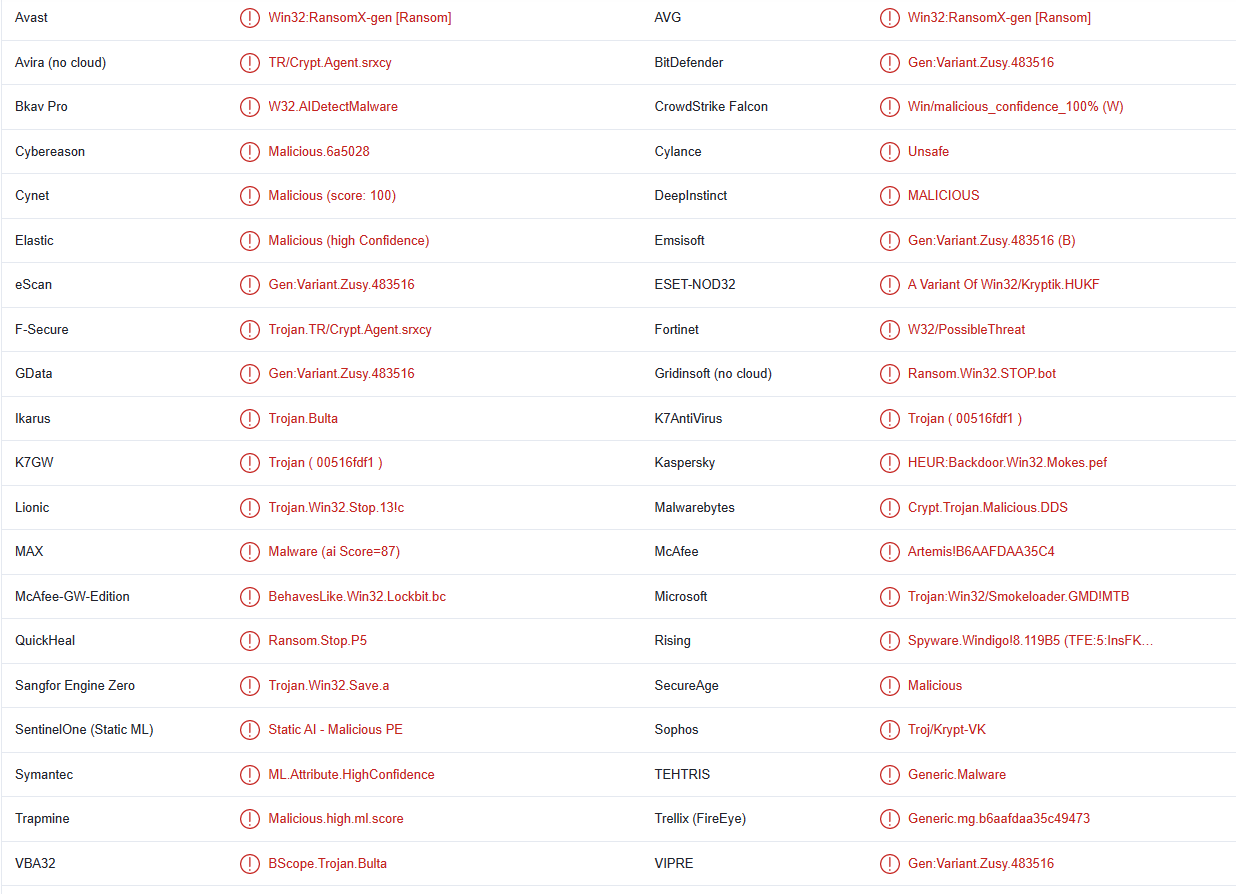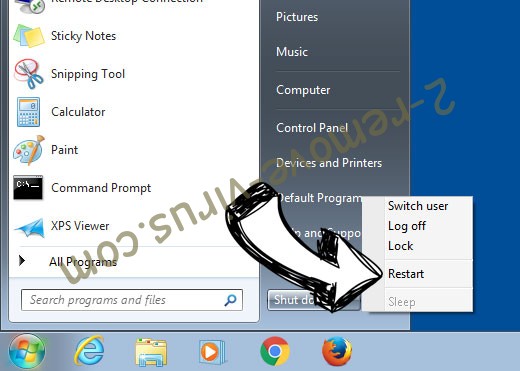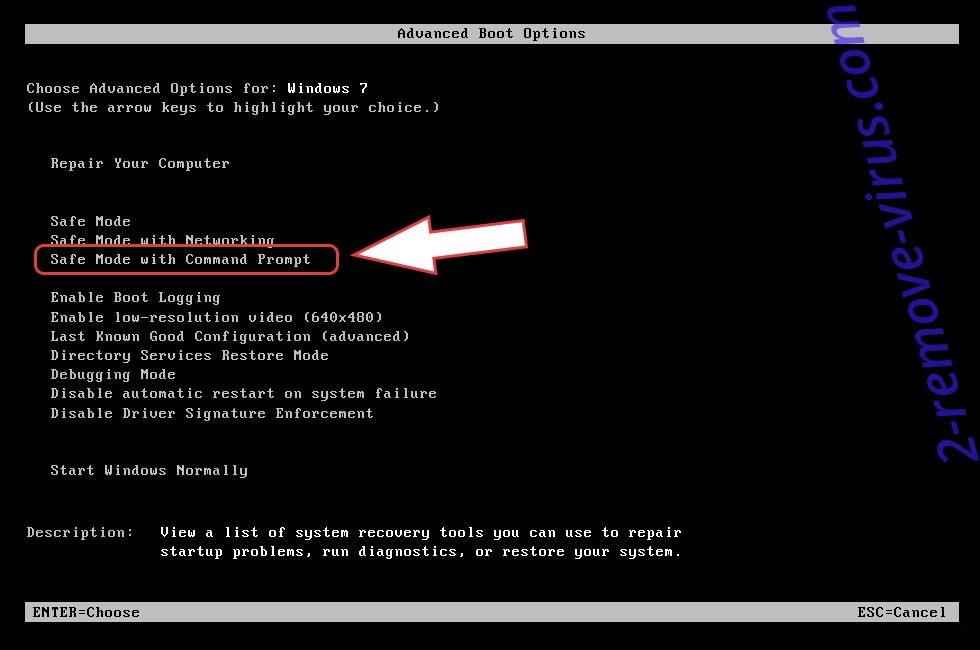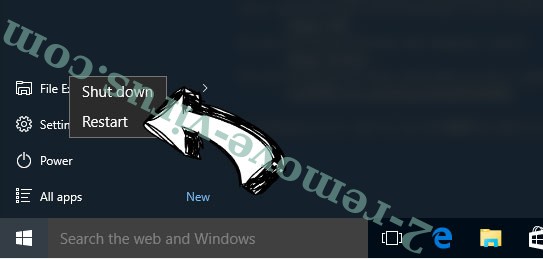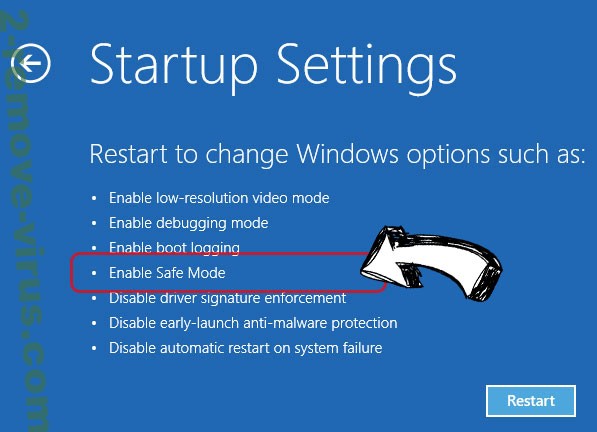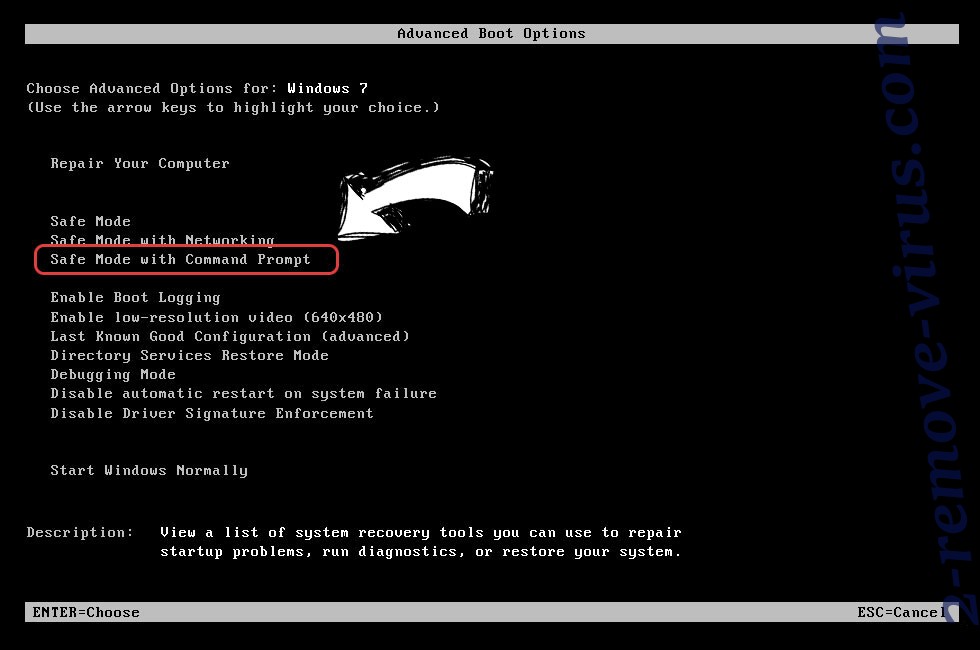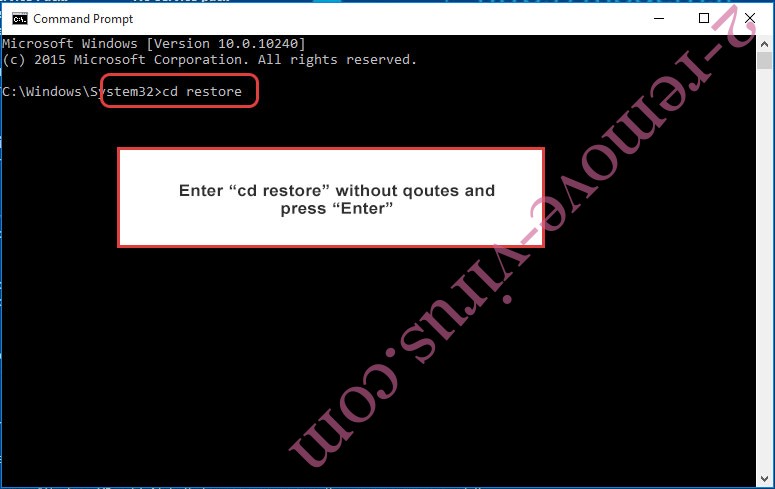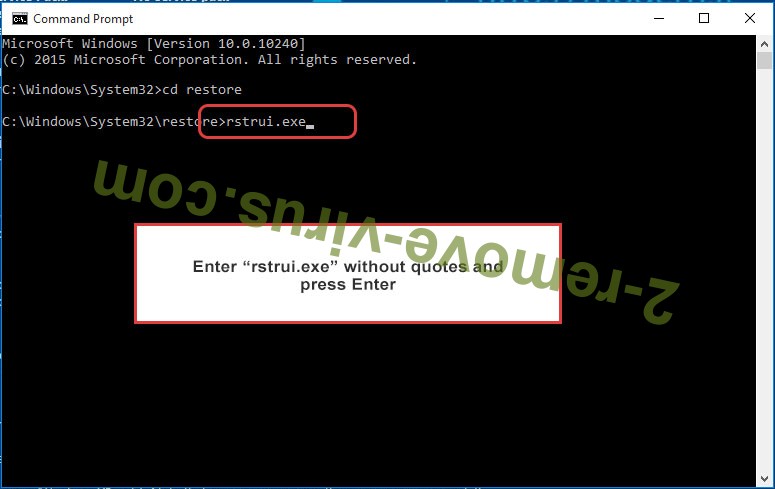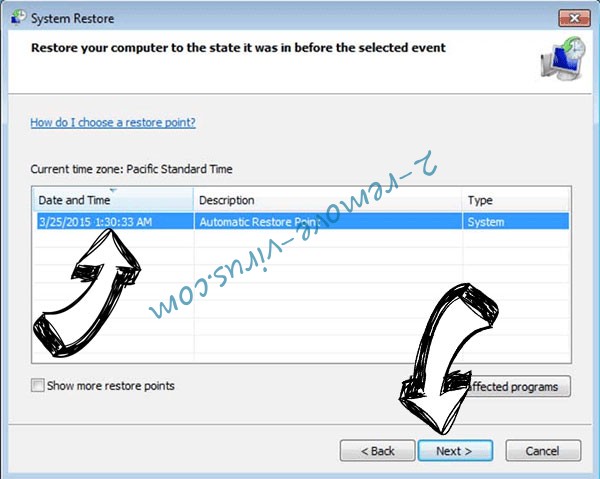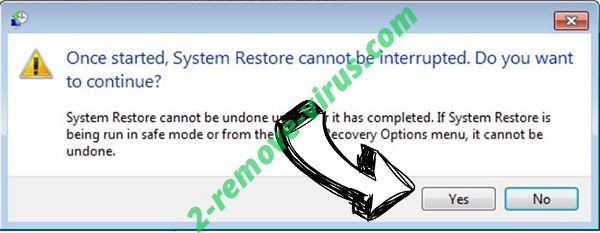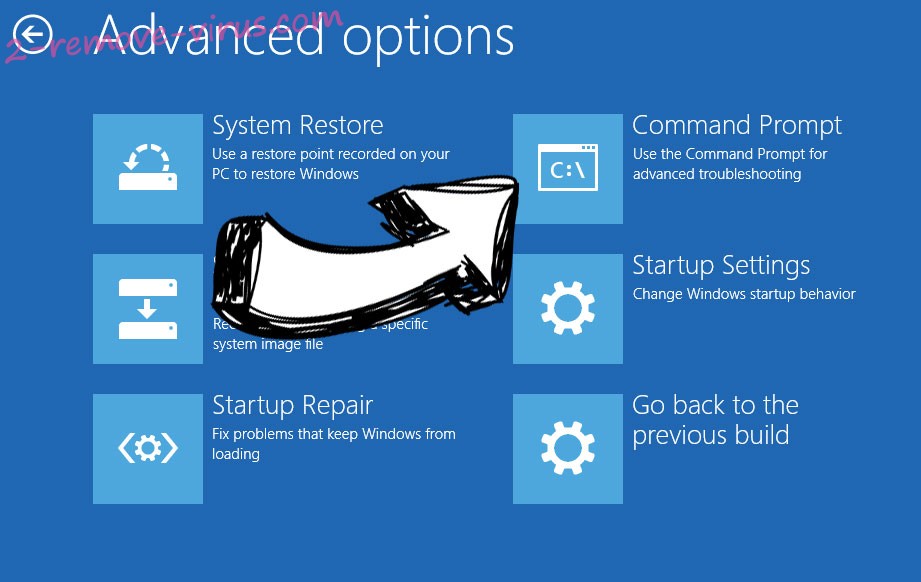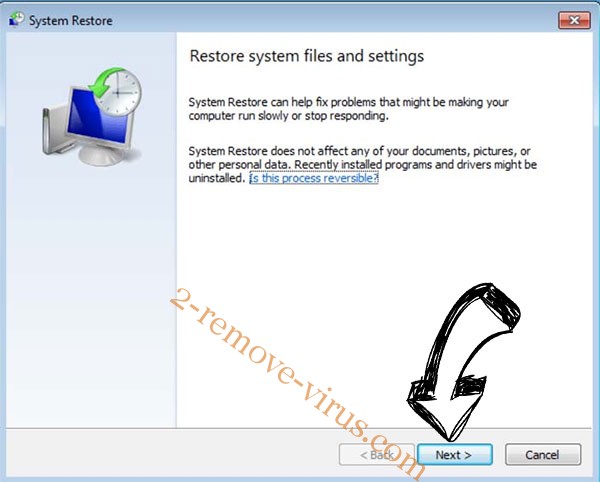Jasa ransomware is malware that targets personal files and encrypts them. It’s part of the Djvu/STOP ransomware family and is one of the hundreds of currently active versions. The ransomware versions can be recognized by the extensions added to encrypted files. This one adds .jasa. Unfortunately, if the ransomware manages to encrypt your files, your backup would be the only certain way to recover them. If you do have a backup, you can access it as soon as you remove Jasa ransomware from your computer.
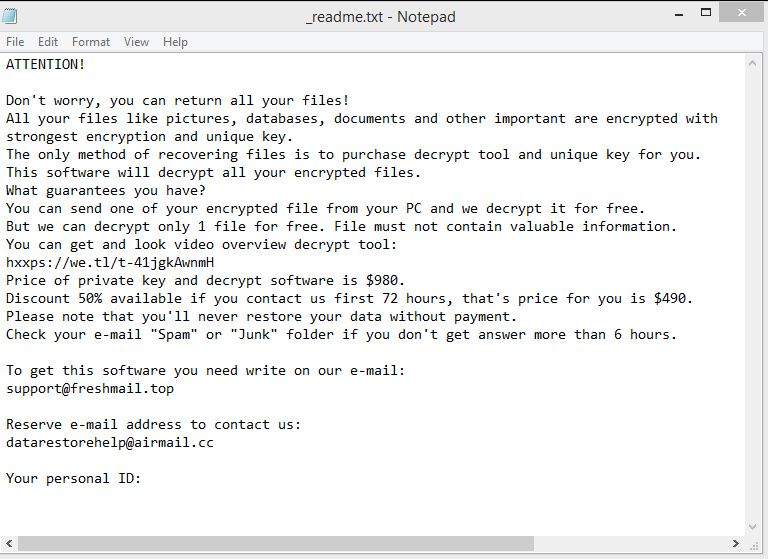
Ransomware infections are immediately obvious because you will not be able to open your files. They will also have a .jasa extension attached to them. For example, a text.txt file would become text.txt.jasa if encrypted. All personal files, including photos, videos, and documents will be targeted. These are the files users are most willing to pay for so they are the usual targets.
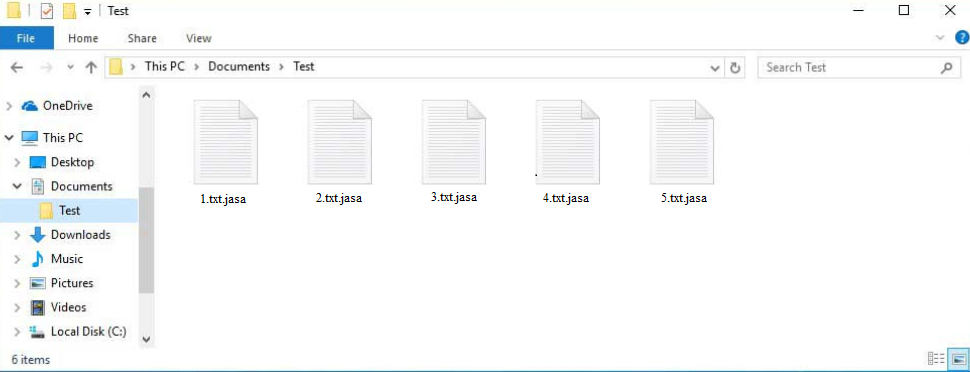
Once ransomware is done with file encryption, you will find a _readme.txt ransom note in all folders that have encrypted files. The note is identical to the ones dropped by other ransomware versions from this family. Unfortunately, the decryptor is currently sold for $980. The note does mention a 50% discount for users who make contact within the first 72 hours but we do not recommend paying, whatever the amount. You are dealing with cyber criminals, and there is no guarantee that you will get the decryptor. Many users did not receive their decryptors despite paying in the past.
If your files have been backed up prior to infection, you can access your backup and start recovering files. However, you need to remove Jasa ransomware from your computer beforehand. You need to use a reliable anti-malware program to do this because ransomware is a complex infection that requires professional solutions. Do not access your backup while the ransomware is present because the backed-up files will become encrypted as well. They would then be permanently lost.
For users who do not have backups, the only option is to wait for a free Jasa ransomware decryptor to be released. It’s not uncommon for free decryptors to be released by malware researchers, but it’s not always possible to make one. There is a free Djvu/STOP ransomware decryptor by Emsisoft currently available but it’s unlikely to work on files encrypted by Jasa ransomware or any newer Djvu versions. If a Jasa ransomware decryptor does get released, it will be posted on NoMoreRansom.
How did Jasa ransomware enter your computer?
Ransomware is distributed in many ways, and infection is usually the result of users’ bad habits. One of the best ways to prevent ransomware infections is to familiarize yourself with the most common distribution methods and develop better habits.
One of the most common ways your computer could get infected is via email attachments. Malicious actors launch email campaigns that have malware attached to them, and it’s users whose email addresses have been leaked that are the common targets. If the malicious attachments are opened, users’ computers become infected. Fortunately, generic emails that contain malware are quite obvious so as long as you are careful, you should have no trouble identifying them.
Emails that have malware attached to them are often deliberately made to appear like they’re sent by legitimate companies. For example, such an email could be made to look like a parcel delivery notification. However, what gives these emails away is grammar and spelling mistakes. That is one of the most obvious signs of a malicious email because mistakes are not common in emails sent by legitimate companies, certainly not in automatic emails.
You can also judge whether an email is legitimate by the way you are addressed. If an email is from a company whose services you use, you will almost always be addressed by name. You should be suspicious when a sender who should know your name uses generic words like User, Member, or Customer when addressing you.
You should also always scan unsolicited email attachments with anti-virus software or VirusTotal before you open them. This would ensure that you do not open malicious files.
Lastly, it should be mentioned that torrents are also commonly used when distributing malware. It’s common knowledge that torrent sites are quite poorly moderated, which allows malicious actors to upload entertainment content torrents with malware in them. Malware is most often found in torrents for popular movies, TV series, and video games. Using torrents to download copyrighted content is content theft anyway, so we discourage you from pirating.
Jasa ransomware removal
These types of infections are very sophisticated, which is why you should not try to remove Jasa ransomware manually. If you try to do it yourself, you could end up causing additional damage to your device by accident. To avoid this, we strongly recommend using anti-malware software to delete Jasa ransomware.
Unfortunately, just because you remove Jasa ransomware from your computer does not mean your files will be recovered. That is only possible if you have a backup or if you get a Jasa ransomware decryptor.
You can safely access your backup to start recovering files as soon as the ransomware is no longer present. If you were to access your backup with ransomware still on your computer, your backed-up files would become encrypted as well.
Jasa ransomware is detected as:
- Win32:RansomX-gen [Ransom] by Avast/AVG
- Gen:Variant.Zusy.483516 by BitDefender
- A Variant Of Win32/Kryptik.HUKF by ESET
- HEUR:Backdoor.Win32.Mokes.pef by Kaspersky
- Crypt.Trojan.Malicious.DDS by Malwarebytes
- Artemis!B6AAFDAA35C4 by McAfee
- Trojan:Win32/Smokeloader.GMD!MTB by Microsoft
Quick Menu
Step 1. Delete Jasa ransomware using Safe Mode with Networking.
Remove Jasa ransomware from Windows 7/Windows Vista/Windows XP
- Click on Start and select Shutdown.
- Choose Restart and click OK.

- Start tapping F8 when your PC starts loading.
- Under Advanced Boot Options, choose Safe Mode with Networking.

- Open your browser and download the anti-malware utility.
- Use the utility to remove Jasa ransomware
Remove Jasa ransomware from Windows 8/Windows 10
- On the Windows login screen, press the Power button.
- Tap and hold Shift and select Restart.

- Go to Troubleshoot → Advanced options → Start Settings.
- Choose Enable Safe Mode or Safe Mode with Networking under Startup Settings.

- Click Restart.
- Open your web browser and download the malware remover.
- Use the software to delete Jasa ransomware
Step 2. Restore Your Files using System Restore
Delete Jasa ransomware from Windows 7/Windows Vista/Windows XP
- Click Start and choose Shutdown.
- Select Restart and OK

- When your PC starts loading, press F8 repeatedly to open Advanced Boot Options
- Choose Command Prompt from the list.

- Type in cd restore and tap Enter.

- Type in rstrui.exe and press Enter.

- Click Next in the new window and select the restore point prior to the infection.

- Click Next again and click Yes to begin the system restore.

Delete Jasa ransomware from Windows 8/Windows 10
- Click the Power button on the Windows login screen.
- Press and hold Shift and click Restart.

- Choose Troubleshoot and go to Advanced options.
- Select Command Prompt and click Restart.

- In Command Prompt, input cd restore and tap Enter.

- Type in rstrui.exe and tap Enter again.

- Click Next in the new System Restore window.

- Choose the restore point prior to the infection.

- Click Next and then click Yes to restore your system.

Offers
Download Removal Toolto scan for Jasa ransomwareUse our recommended removal tool to scan for Jasa ransomware. Trial version of provides detection of computer threats like Jasa ransomware and assists in its removal for FREE. You can delete detected registry entries, files and processes yourself or purchase a full version.
More information about SpyWarrior and Uninstall Instructions. Please review SpyWarrior EULA and Privacy Policy. SpyWarrior scanner is free. If it detects a malware, purchase its full version to remove it.

WiperSoft Review Details WiperSoft (www.wipersoft.com) is a security tool that provides real-time security from potential threats. Nowadays, many users tend to download free software from the Intern ...
Download|more


Is MacKeeper a virus? MacKeeper is not a virus, nor is it a scam. While there are various opinions about the program on the Internet, a lot of the people who so notoriously hate the program have neve ...
Download|more


While the creators of MalwareBytes anti-malware have not been in this business for long time, they make up for it with their enthusiastic approach. Statistic from such websites like CNET shows that th ...
Download|more
Site Disclaimer
2-remove-virus.com is not sponsored, owned, affiliated, or linked to malware developers or distributors that are referenced in this article. The article does not promote or endorse any type of malware. We aim at providing useful information that will help computer users to detect and eliminate the unwanted malicious programs from their computers. This can be done manually by following the instructions presented in the article or automatically by implementing the suggested anti-malware tools.
The article is only meant to be used for educational purposes. If you follow the instructions given in the article, you agree to be contracted by the disclaimer. We do not guarantee that the artcile will present you with a solution that removes the malign threats completely. Malware changes constantly, which is why, in some cases, it may be difficult to clean the computer fully by using only the manual removal instructions.
